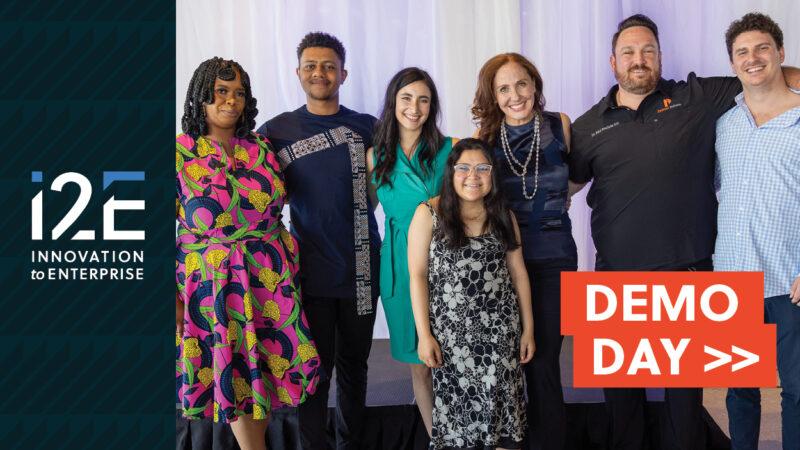By Jim Stafford
Copyright © 2014, The Oklahoma Publishing Company
As a child growing up in Southern California, Rob Perry displayed such a remarkable ability to repair whatever broke that a mantra emerged whenever something went wrong around the house: “Go get Rob.”
“From a young age, I realized I had a talent for looking at things differently,” said Perry, 35, a medical doctor who lives in Oklahoma City.
Perry grew up in a home with years of deferred maintenance. When professional repairmen were called to the house, most often they only offered to replace what was broken rather than to attempt to repair.
“So, I was often asked to take on the challenge of fixing things,” he said.
“I believe the art of repair has been lost. And only through the art of repair have I been able to see needs that others often overlook. I have found the most simple solutions only reveal themselves once the true problem has been identified.”
He credits his mother, a Perry, OK, native who is both a CPA and an attorney, for recognizing and nurturing his inventive nature.
“She’s an idea person,” he said. “She would dream it and challenge me to find a way to do it.”
Among the repair jobs that the young Perry successfully tackled were a broken sprinkler system, an intercom that went bad and a home alarm system that a professional repair team told his mother would cost $1,200 to repair.
After graduating high school, Perry headed east at age 17 to Oklahoma State University, where he earned an undergraduate degree in economics before earning his M.D. at the University of Oklahoma College of Medicine.
Today, Perry is an emergency room physician at Stillwater Medical Center. Married with a 7-month old daughter, he spends his time away from the ER figuring out how to improve patient care through a series of medical devices he has invented.
Although he refuses to call himself an “inventor,” Perry’s career as one took off while he was still in medical school and began doing rotations in local hospitals.
“I realized there were a lot of things that just didn’t seem right to me and didn’t quite work as well as they should,” he said. “I don’t look at it as inventing at all. I look at it as solving problems.”
Perry put his residency on hold to pursue several ideas for new and improved medical devices. He has filed for a dozen patents and has another 20 ideas in the pipeline.
EZ Vein OK’d by FDA
One device is called the EZ Vein, which was designed to help medical professionals more easily insert an intravenous catheter in patients.
The device uses an inflation cuff that goes over the arm to direct blood to a vein near the skin’s surface, thereby making it more accessible to a needle.
It will work even without a pulse.
Approved by the FDA in just 17 days with the help of Paladin Medical, Perry envisions the EZ Vein being widely used by emergency medical technicians, hospitals and even blood collection agencies.
There’s an ambitious bottom line to all this innovation.
“My goal is to help 100 million people directly or indirectly in my career,” Perry said. “I’m only going to see a few thousand people directly, but if I can make a device others use to treat patients, I will more than achieve my goal.”
Click here to read the article at newsok.com








